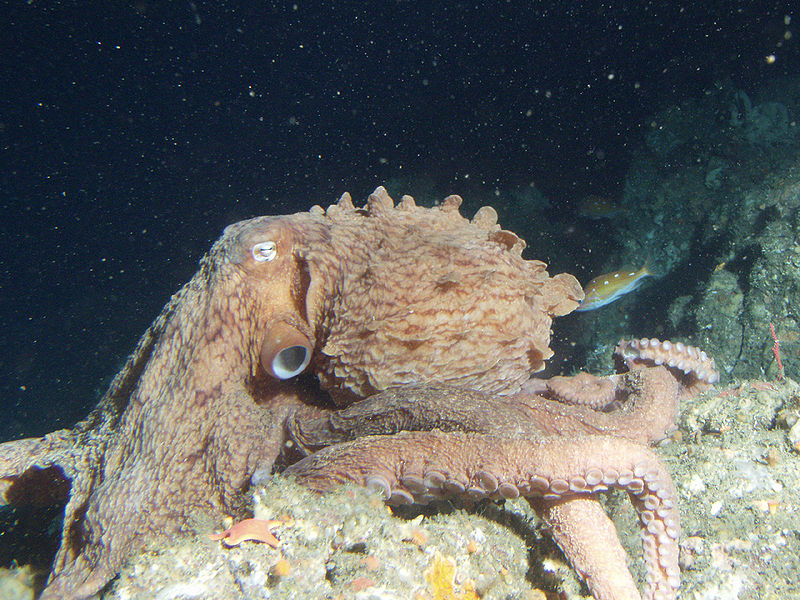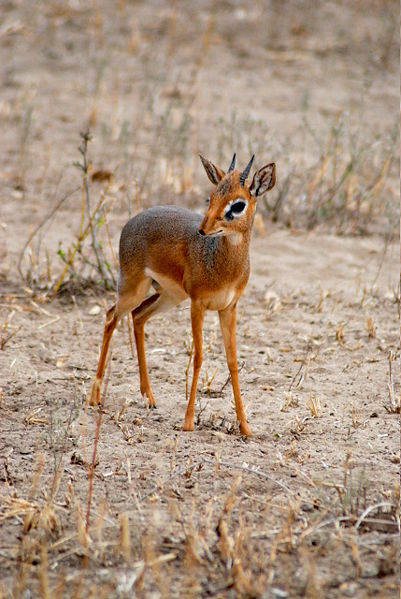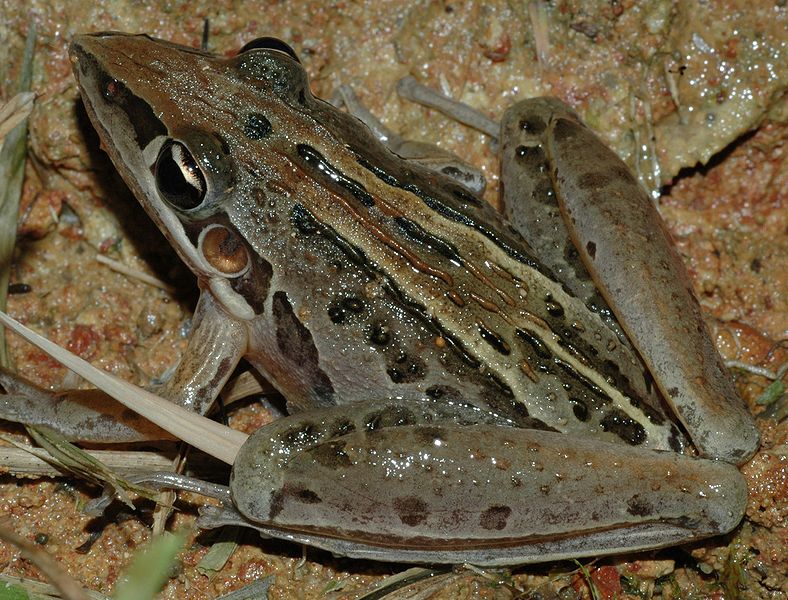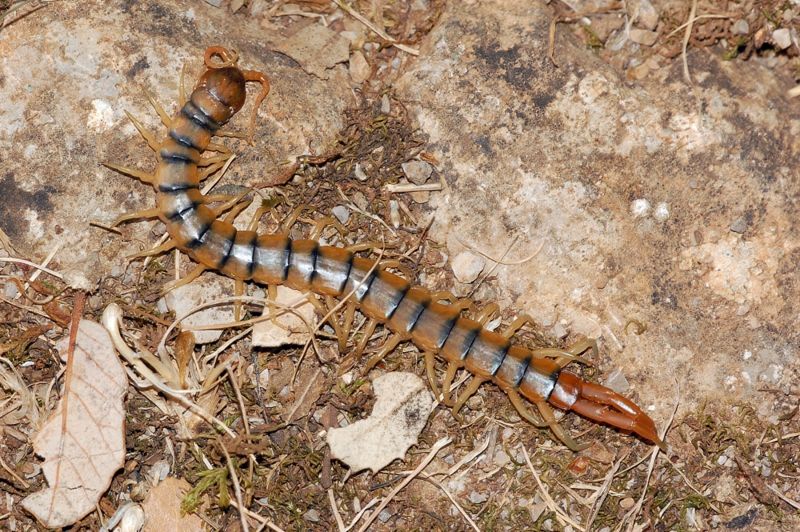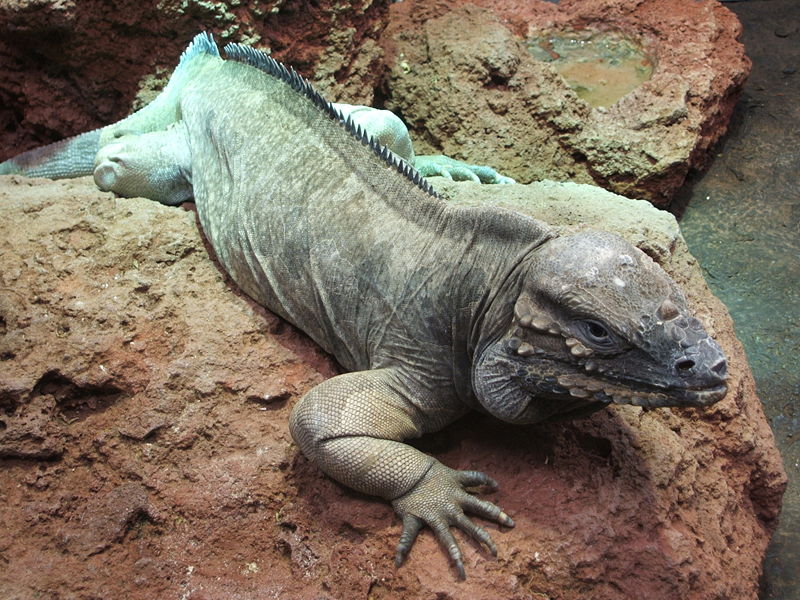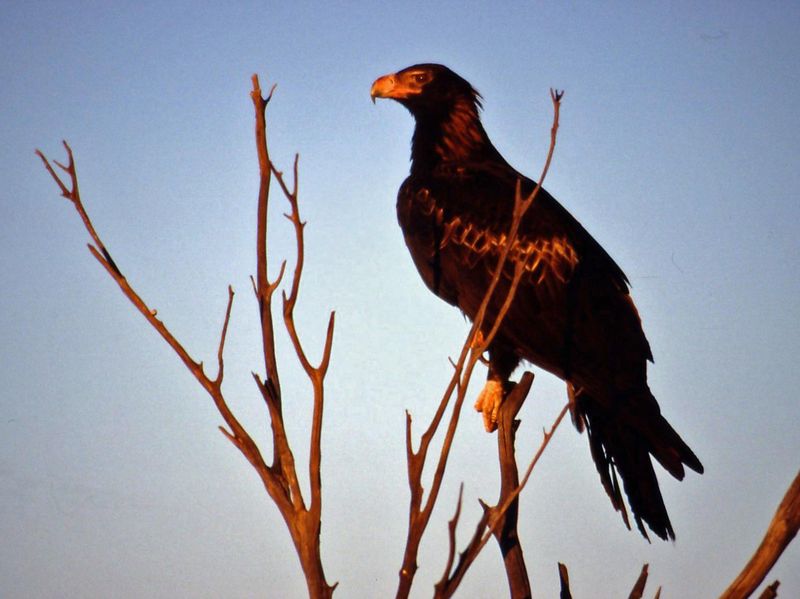
I was having a tough time choosing an animal for todays Wild Fact so I decided to resort to a simple method that I like to use. I took the letter “W”, since it is Wednesday, and found an animal that starts with this letter. This ultimately lead me to the Wedge-Tailed Eagle, which is also known as the Eaglehawk. This majestic Eagle is the largest bird of prey in Australia (and New Guinea) and is actually one of the largest birds of prey in the world. It just goes to show that an animal can be impressive no matter what letter their name starts with. Let’s learn a little more about this popular bird, shall we?
Okay, I know you all want to know just how big the Wedge-Tail Eagle actually is and since I try to please my readers, we will talk about it right………now. This bird often known as “Wedgie” typically has a length around 1.04 m (3.4′) and a wingspan that is amazingly over 2.5 m (8.2′) long. Think about how tall you are and compare that to the 8′ span from one wing tip to the other! It still boggles my mind. The size alone of this bird would make it incredibly easy to identify them as they fly by but just to make it a little easier for us, this thoughtful Eagle has a very distinct, wedge-shaped tail, which is unique to this species.
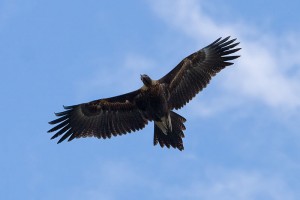
As you can imagine, a bird with wings this large, are pretty talented when it comes to flying. In fact, the Wedge-Tailed Eagle is capable of soaring for hours without having to flap their massive wings. This is probably a good thing since I can’t imagine it would be easy to beat those wings. These birds of prey are also not afraid of heights as they have been known to regularly fly as high as 1800 m (5900′) and are actually capable of going higher. I just bungee-jumped off a 200 foot high platform and I was scared… I couldn’t even imagine being up 5900 feet.
Wedge-Tailed Eagle Fast Fact – When you are flying at extreme heights, you would have to have good eyesight, right? How else are you going to find dinner on the ground? The Wedge-Tailed Eagle has incredible eyesight and it actually extends into the ultraviolet and infrared bands. This helps them pick out their prey from the air and also reveals rising thermals, so they can ride the wave instead of flapping their wings. How cool would it be to have eyes like that?
That does it for Wednesday’s Wild Fact. I hope you enjoyed soaring 1800 m in the air as we learned about Australia’s largest bird of prey. See you tomorrow!

